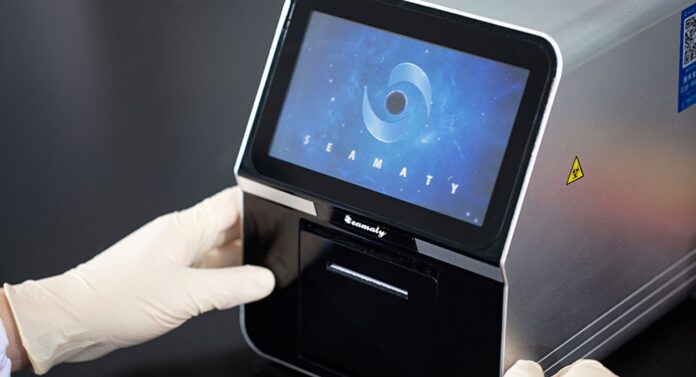A chemistry analyzer is a medical laboratory instrument used to perform chemical analyses of blood, urine, and other bodily fluids. Chemistry analyzers may be used to measure the concentrations of various analytes in body fluids, such as glucose, cholesterol, electrolytes, or enzymes. They may also be used to measure the concentrations of drugs or metabolites in body fluids. Chemistry analyzers are typically used in hospital laboratories or clinics, but they may also be used in research laboratories.
The benefits of using a chemistry analyzer
One of the biggest benefits of using a chemistry analyzer is that it can save you a lot of time and effort. Rather than having to set up and perform complex experiments yourself, you can simply load a sample into the analyzer and let it do its work. This can free up your time so that you can focus on other aspects of your research.
Another benefit of using a chemistry analyzer is that it can provide more accurate results than manual methods. By automating the analysis process, there is less room for error. This can be crucial when dealing with complex chemical reactions.
Finally, using a chemistry analyzer can also help to reduce the cost of your research. By eliminating the need for expensive and time-consuming experiments, you can save money in the long run.
Tips for getting the most out of your chemistry analyzer
Most laboratories use chemistry analyzers to perform various biochemical tests. There are many different models and types of analyzers, but they all have one common goal: to provide accurate and precise results.
To get the most accurate and precise results from your chemistry analyzer, it is important to follow the proper procedures for each test. Depending on the type of analyzer and the test being performed, the specific steps may vary. However, there are some general tips that you can follow to ensure optimal performance from your machine.
- Make sure that all reagents and samples are at the correct temperature. Room temperature is usually fine, but some tests may require refrigerated or frozen reagents.
- Check the expiration dates of all reagents and samples before use. expired reagents can produce inaccurate results.
- Follow the instructions for each test exactly as they are written. Do not shortcut any steps or procedures.
- Make sure that all tubes, cuvettes, and other consumables are clean and free of debris.
- Calibrate the machine according to the manufacturer’s instructions. This step is crucial for ensuring accurate results.
By following these simple tips, you can ensure that your chemistry analyzer provides accurate and precise results every time.
Conclusion
A chemistry analyzer is a powerful tool that can save you time and effort in your research. However, it is important to follow the proper procedures to get the most accurate and precise results. By following the tips in this guide, you can ensure that your chemistry analyzer provides optimal performance.




